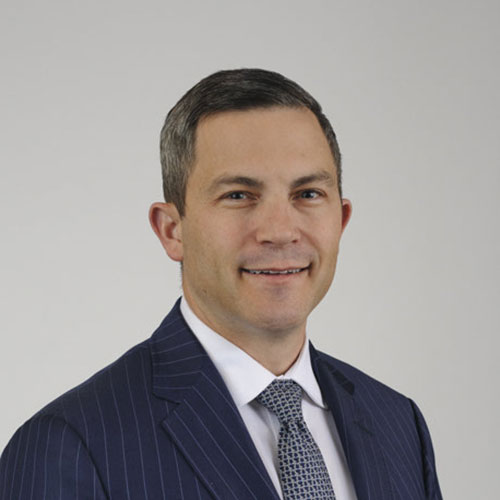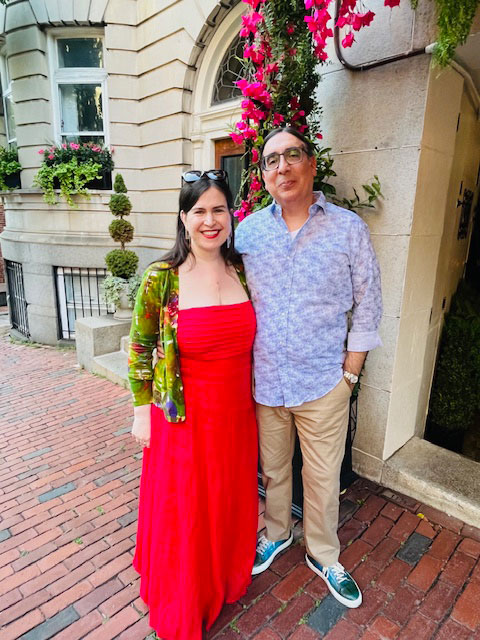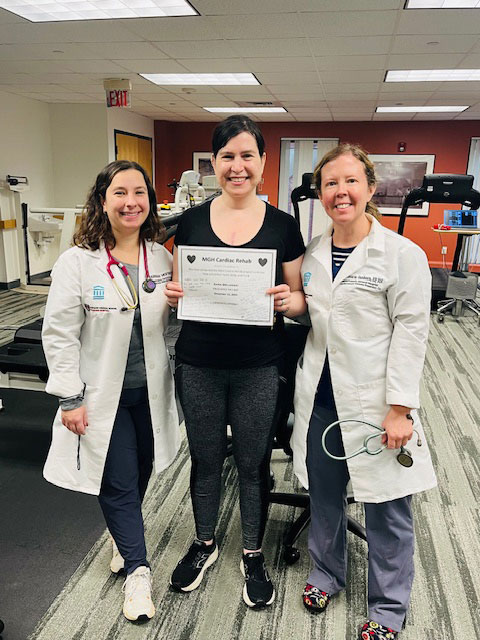-
- Find Care
-
- Visitor Information
- Find a Location
- Shuttles
- Visitor Policies
-
-
- Our Virtual Care Options
- Virtual Urgent Care
- Virtual Visits for Primary & Specialty Care
- Online Second Opinions
- Participate in Research
-
- Contact us
-
- For Innovators
- Commercialization Guide for Innovators
-
-
- Research News
- Alzheimer's Disease
- Artificial Intelligence
-
- Overview
-
- Overview
- Getting Started
- New to Mass General Brigham
- International Patient Services
- What Is Patient Gateway?
- Planning Your Visit
- Find a Doctor (opens link in new tab)
- Appointments
- Patient Resources
- Health & Wellness
- Flu, COVID-19, & RSV
- Billing & Insurance
- Financial Assistance
- Medicare and MassHealth ACOs
- Participate in Research
- Educational Resources
- Visitor Information
- Find a Location
- Shuttles
- Visitor Policies
- Find Care
-
- Overview
- Our Virtual Care Options
- Virtual Urgent Care
- Virtual Visits for Primary & Specialty Care
- Online Second Opinions
-
- Overview
- Participate in Research
-
- Overview
- About Innovation
- About
- Team
- News
- For Industry
- Venture Capital and Investments
- World Medical Innovation Forum (opens link in new tab)
- Featured Licensing Opportunities
- For Innovators
- Commercialization Guide for Innovators
- Contact us
-
- Overview
- Information for Researchers
- Compliance Office
- Research Cores
- Clinical Trials
- Advisory Services
- Featured Research
- Two Centuries of Breakthroughs
- Advances in Motion (opens link in new tab)
- Brigham on a Mission (opens link in new tab)
- Gene and Cell Therapy Institute
- Research News
- Alzheimer's Disease
- Artificial Intelligence
-
- Overview
-
- Overview
- Residency & fellowship programs
- Brigham and Women's Hospital
- Massachusetts General Hospital
- Mass Eye and Ear
- Newton-Wellesley Hospital
- Salem Hospital
- Integrated Mass General Brigham Programs
- Centers of Expertise
- Global & Community Health
- Health Policy & Management
- Healthcare Quality & Patient Safey
- Medical Education
- For trainees
- Prospective trainees
- Incoming trainees
- Current trainees
- Continuing Professional Development
Singing the Praises of the Ross Procedure, an Alternative to Conventional Aortic Valve Replacement
Signs that stenosis was progressing
One constant throughout Sara's life has been music. At age 4, she started singing regularly around the house. She went on to perform in community theater productions throughout elementary school. In sixth grade, she played Maria in a school production of "Sound of Music."
"Having been inspired by Julie Andrews in the original film, that was a dream," she said. "I was so excited. That show officially sealed the deal that I would have a career in music."
Sara studied music and vocal performance in college and graduate school before becoming a professional vocalist whose repertoire spans classical music, jazz, and other genres. In addition, she teaches voice at Berklee College of Music and Longy School of Music of Bard College.
At age 47, Sara began experiencing shortness of breath and tightness in her chest. She scheduled an appointment with her cardiologist at Mass General Brigham, Emily Shou Wai Lau, MD, MPH, to discuss the symptoms.
Sara had been having regular echocardiograms (ultrasounds of the heart) for many years. In comparing a new echocardiogram with the prior one, Dr. Lau saw troubling signs. "In just a few months, her aortic valve had clearly deteriorated," Dr. Lau said. "Also, her symptoms were getting worse. It was time to have the valve replaced."'
Now the question was, what kind of surgery should Sara have? Aortic valve replacement often involves using a biological or mechanical valve. As she knew, biological valves eventually wear out and must be replaced. Mechanical valves tend to last longer but require the patient to take blood thinners. They also produce a faint clicking sound that could prove distracting to a vocalist like Sara.
"I had no interest in anything that would affect my singing, so that was out of the question," she recalled with her characteristic bluntness.
However, there is an alternative to conventional aortic valve replacement: the Ross procedure. And one of the country's leading experts in the procedure, Jordan Bloom, MD, MPH, happens to practice at Mass General Brigham.
A complex procedure with many advantages
A well-educated patient who plays an active role in her care, Sara did extensive research on cardiac surgeons. She liked what she learned about Dr. Bloom—especially his expertise in the Ross. Besides regularly performing the procedure, Dr. Bloom offers training so that more surgeons can conduct it safely. He's also involved in research to understand the factors that determine the outcome of a particular Ross.
Sara's husband, Rod Lozano, joined her at her first appointment with Dr. Bloom. "We immediately fell in love with him," she said. "He's personable, direct, and honest, and he laid out all of my options very clearly. He even urged me to get opinions from other doctors if that would make me more comfortable."
During the Ross, surgeons replace the diseased aortic valve with the patient's own pulmonary valve. They then use a donated human valve to replace the pulmonary valve.
The Ross, which was first performed in 1967, has many advantages over the alternatives. The risk of infection and blood clots is much lower. Patients don't need to take blood thinners. There's no clicking sound. Stenosis doesn't come back, and most patients will never need reoperation. And it's the only surgical option for aortic valve disease that is known to restore a normal life expectancy.
Since the Ross is a highly complex procedure, the surgeon's experience is crucial to patient outcomes.
Although there's no hard age limit, the Ross is ideal for younger patients with aortic valve disease. Since these individuals have long lives ahead of them, they have the most to gain from the procedure. Given Sara's age, active lifestyle, and personal preferences, Drs. Bloom and Lau believed the Ross was by far her best option. Her surgery was scheduled for later that month.

Contributor


